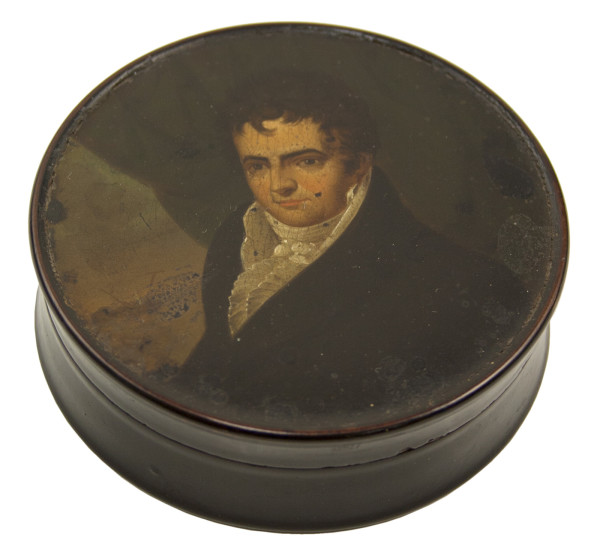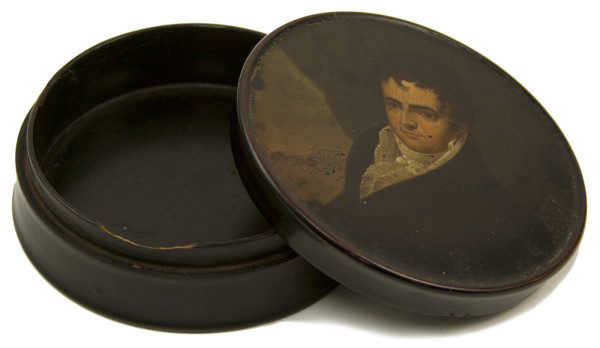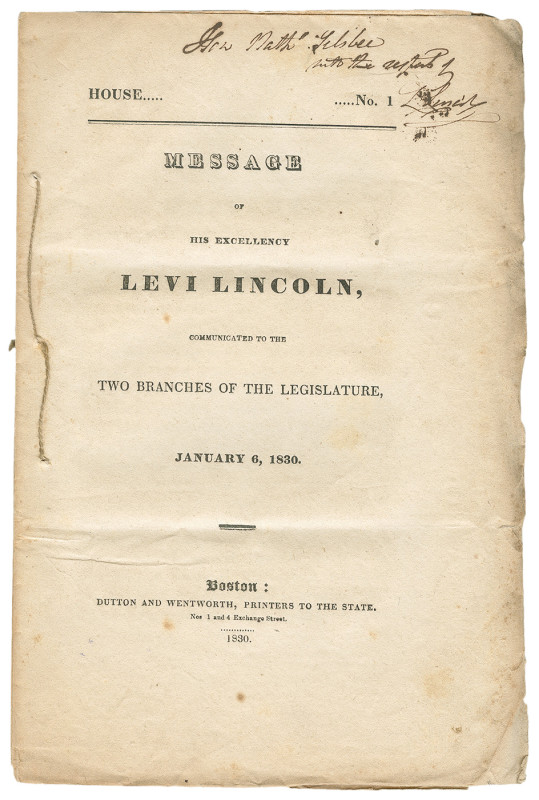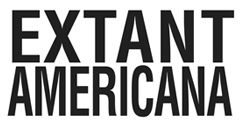Decoration Day Broadside offering an “EXCURSION TO NEW YORK CITY over the West Shore Railroad”, the same parade where Grover Cleveland publicly revealed his engagement to Frances Folsom
 (Grover Cleveland) Broadside, “DECORATION DAY EXCURSION TO NEW YORK CITY over the West Shore Railroad“, 255 x 123 mm. (10 x 4 3/4 in.) and reads, in part: “Decoration Day[*] will be observed in New York City on Monday, May 31st, 1886, in a manner that will interest every citizen of the Republic. A Grand Military Parade, participated in by the Grand Army Posts, National Guard and Civil Societies, will be an attractive feature of the day. The ceremonies at the TOMB OF GENERAL GRANT, Riverside Park, will be of unusual interest.” The broadside provides instructions for acquiring tickets and information regarding the return trip and proximity to steamships, “…The down-town station at foot of Jay Street is convenient to the Iron Steamboats at Pier One, and to the Steamers of the Bay Ridge Route at Battery Place, for Coney Island & Manhattan Beach.”
(Grover Cleveland) Broadside, “DECORATION DAY EXCURSION TO NEW YORK CITY over the West Shore Railroad“, 255 x 123 mm. (10 x 4 3/4 in.) and reads, in part: “Decoration Day[*] will be observed in New York City on Monday, May 31st, 1886, in a manner that will interest every citizen of the Republic. A Grand Military Parade, participated in by the Grand Army Posts, National Guard and Civil Societies, will be an attractive feature of the day. The ceremonies at the TOMB OF GENERAL GRANT, Riverside Park, will be of unusual interest.” The broadside provides instructions for acquiring tickets and information regarding the return trip and proximity to steamships, “…The down-town station at foot of Jay Street is convenient to the Iron Steamboats at Pier One, and to the Steamers of the Bay Ridge Route at Battery Place, for Coney Island & Manhattan Beach.”
The broadside is a fun association piece in that President Grover Cleveland marched in the advertised New York parade and thrilled the scandal-hungry press when he returned the affectionate salutations of parade observer Frances Folsom, a young woman who grew up calling him “Uncle Cleve”, who in that moment revealed herself, with a flirtatious wave of her handkerchief, to be the President’s secret fiancé. Two days later, Frances Folsom married Grover Cleveland in the Blue Room of the White House.
The West Shore Railroad was chartered in 1885 on a 475 year lease to the New York Central Railroad, succeeding the New York, West Shore and Buffalo Railway. The total trackage of the West Shore Railroad was 495.20 miles, with the main line running between Weehawken, New Jersey and Buffalo, New York, and the branch lines servicing the New York City suburbs, Athens, Syracuse, and the Buffalo suburbs.
Edge wear with moderate chipping at bottom margin, a tiny area of paper loss at top margin not affecting content, light creasing, fragile, overall very good condition.
(EXA 5659) $200
_________
* Decoration Day was the original name for Memorial Day. While different accounts of its inception persist, the practice of decorating the graves of fallen soldiers predates the American Civil War. The first organized observance of Decoration Day traces back to 1 May 1865, when 10,000 black citizens of Charleston, South Carolina, in combination with educators, students, abolitionists and missionaries, paraded on the grounds of the Washington Race Course and Jockey Club, a property owned by a slaveholder that had been converted to an outdoor prison by the Confederate Army. Due to deplorable conditions, 257 prisoners died of exposure or disease, and were buried in a mass grave behind the grandstand. After the war, a groups of Charlston citizens took it upon themselves to exhume the deceased soldiers and give them a proper Union burial. The massive parade and gathering commemorating the lives of deceased soldiers is often referred to as the First Decoration Day.† John A. Logan, the Commander in Chief of the Grand Army of the Republic, led a campaign in 1868 promoting the recognition of Decoration Day as a national holiday. See Gulla Heritate and Wikipedia






